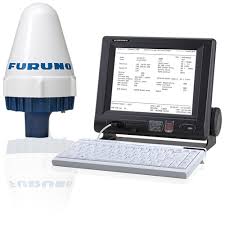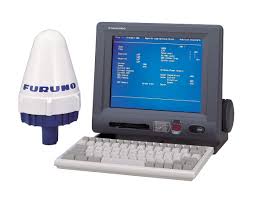INMARSAT C Programming – A Complete Guide by SEANAV
INMARSAT C programming is essential for setting up and managing maritime satellite communication systems. It allows vessels to stay connected with shore-based operations, send distress alerts, and transmit position data across global waters. At SEANAV, we offer complete solutions and technical expertise in configuring and troubleshooting INMARSAT C systems. This guide explains the basics of INMARSAT C programming, its functions, and answers frequently asked questions to help vessel operators stay compliant and connected.
What is INMARSAT C?
INMARSAT C is a global satellite communication service used primarily for short message data transfer. It is approved under the Global Maritime Distress and Safety System (GMDSS). It offers features like two-way text messaging, distress alerting, polling, data reporting, and SafetyNET broadcast reception. The system is compact, affordable, and widely used on commercial ships, fishing vessels, and yachts.

Why is INMARSAT C Programming Important?
Correct programming ensures that the INMARSAT C terminal functions correctly, especially in emergencies. It allows the setup of important ship-specific data such as the Maritime Mobile Service Identity (MMSI), ship name, position reporting intervals, and communication preferences. Accurate configuration is critical for GMDSS compliance and for receiving and sending automated updates to coastal authorities.

Key INMARSAT C Programming Features
- Programming of MMSI and ship details
- Automatic position updates
- Distress message format setup
- Polling and data reporting intervals
- Address book management for communication
- SafetyNET and EGC service settings
SEANAV’s INMARSAT C Configuration Services
SEANAV provides certified INMARSAT C programming and installation services. We configure terminals according to IMO regulations and client needs. Whether you’re upgrading a system, setting up a new vessel, or facing issues with your current terminal, our expert technicians ensure reliable and efficient setup.
11 Common Questions about INMARSAT C Programming
1. What information is needed for programming?
You need the ship’s MMSI, name, call sign, flag, and owner contact details.
2. Can I change the MMSI later?
In most terminals, the MMSI can only be programmed once. Changing it later requires manufacturer support or terminal reset.
3. Is INMARSAT C still required?
Yes, it’s mandatory under GMDSS for vessels over 300 GT and all SOLAS-compliant ships.
4. What is the role of the terminal ID?
The terminal ID is a unique identifier used for message routing and polling operations.
5. How is position reporting set up?
You can program the terminal to send automatic GPS position updates at defined intervals or when polled.
6. Can it send emails?
Yes, INMARSAT C supports short emails via telex format. It is not for internet browsing.
7. Is programming difficult?
With SEANAV, the process is easy. We offer on-site and remote configuration support to ensure accurate setup.
8. What terminals support INMARSAT C?
Brands like Thrane & Thrane, Furuno, JRC, and Cobham all produce GMDSS-compliant INMARSAT C terminals.
9. How do I test if programming is successful?
You can run a self-test or perform a polling/reporting simulation with the shore station.
10. What if the unit doesn’t respond?
Check antenna alignment, power supply, and GPS signal. SEANAV technicians can troubleshoot on-site.
11. Can SEANAV provide IMO certification?
Yes, after successful programming and testing, SEANAV issues GMDSS/IMO compliance certificates.
Trust SEANAV for Expert INMARSAT C Solutions
Whether you are installing a new INMARSAT C system or need help with reprogramming, SEANAV delivers fast and compliant service. We help your vessel meet international standards and maintain seamless maritime communication. Contact SEANAV today for expert support.


